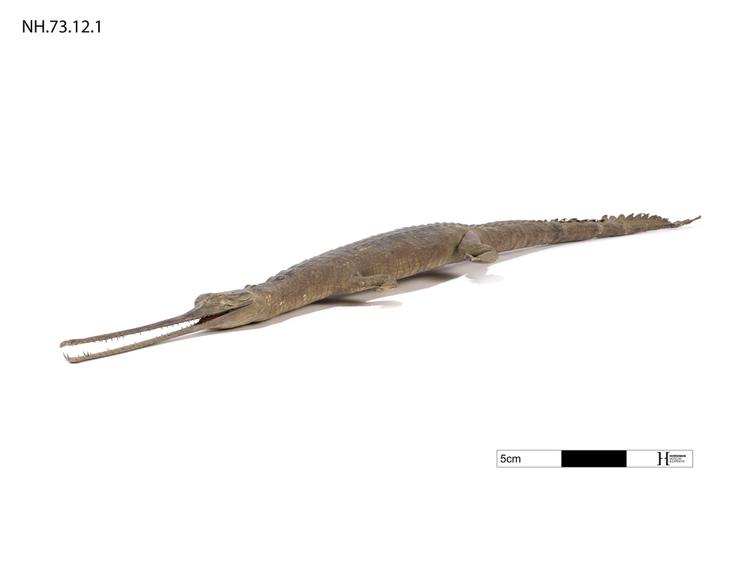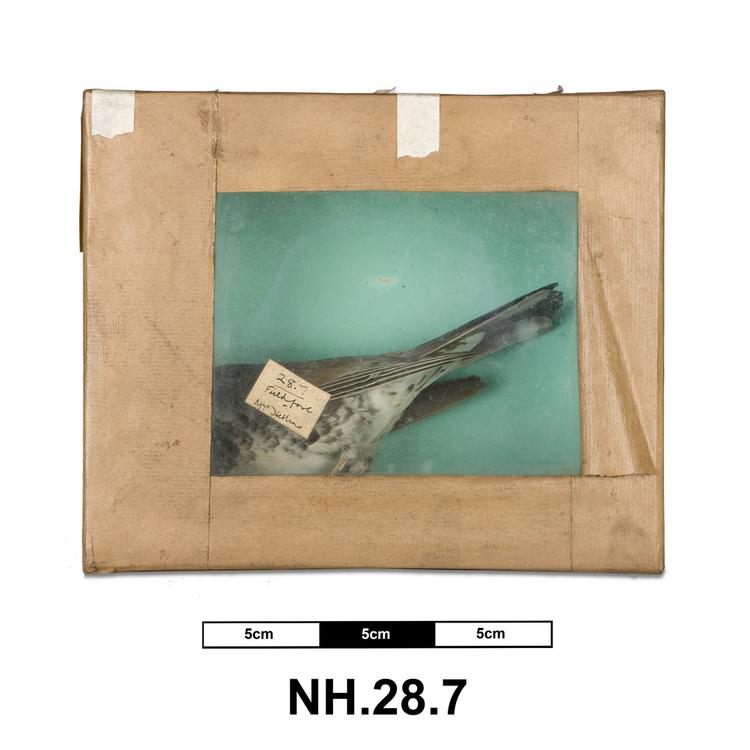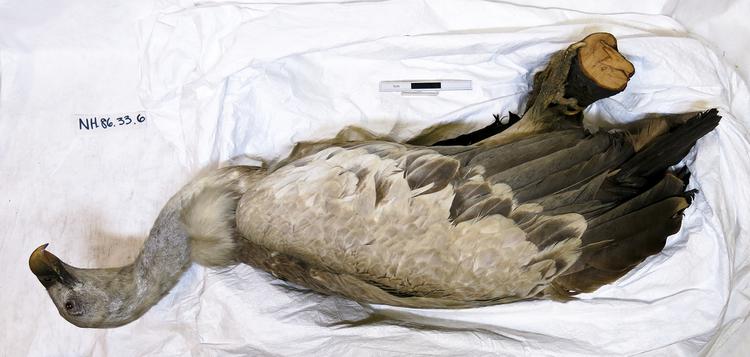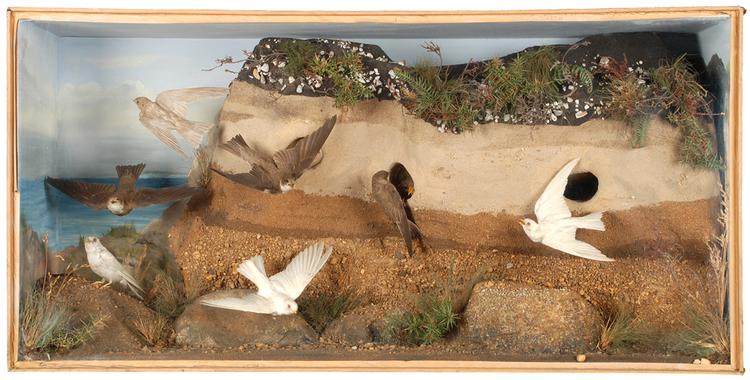
12 silk cocoons in a box with a black lid.
{PLACE: The Bombyx Mori moth originates from northern China but is now extinct in the wild and only exists in captivity for silk production around the world.}
Manufacture continued:
The female lays 300 – 400 eggs and dies almost immediately, followed shortly by the male Eggs hatch after about 20 days and the larvae (silk worms) that emerge begin to feed immediately on Mulberry tree leaves, which is their only food. They eat constantly for about four weeks during which time they grow to 10,000 times their hatchling weight. Their silk producing glands make up approximately one quarter of their body weight. During this time they shed their skin 4 times and the periods between moltings are known as instars. The worm stops eating after the 5th instar and starts to produce liquid silk from both of its silk glands at the same time. The worm also produces a sticky substance called sericin which binds the two secretions together, as they harden on contact with the air, into a single silk thread. On wooden frames provided by the silk farmer it first spins a structure to support the cocoon. The cocoon is spun from the outside inwards and although it is made from a single thread, approximately 1000 metres long, it is completed within 2 -3 days. The worms require silence during this time because if they are disturbed they stop spinning and when they start again the thread is no longer continuous. They would normally emerge as moths after about 16 days but silk farmers only allow as many moths to emerge as they need for breeding. After mating the female lays eggs which can be stored in a cool place and then incubated when the silk farmer wants to hatch them. Most of the pupae inside the cocoons are not allowed to mature because they would eat their way out and damage the thread. The pupae are killed either by roasting the cocoons in a hot oven, steaming them or fumigating them. The cocoons are then put into hot water to dissolve the sericin and the thread begins to unravel. A single thread is not strong enough to use so as many as ten are wound onto a reel together. At this stage the product is called raw silk and is sold on to be woven.






